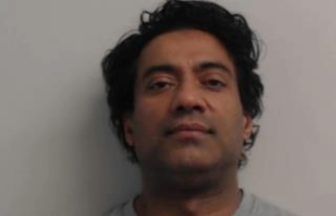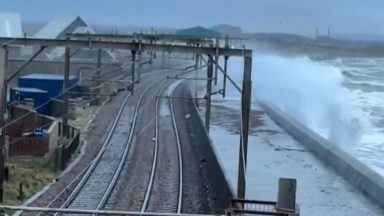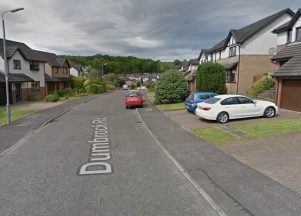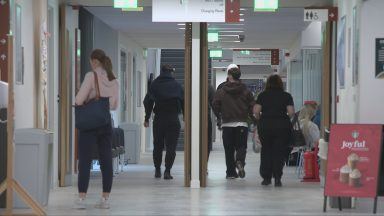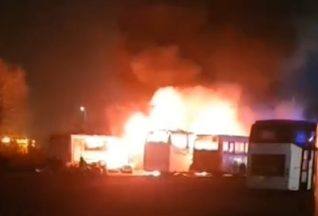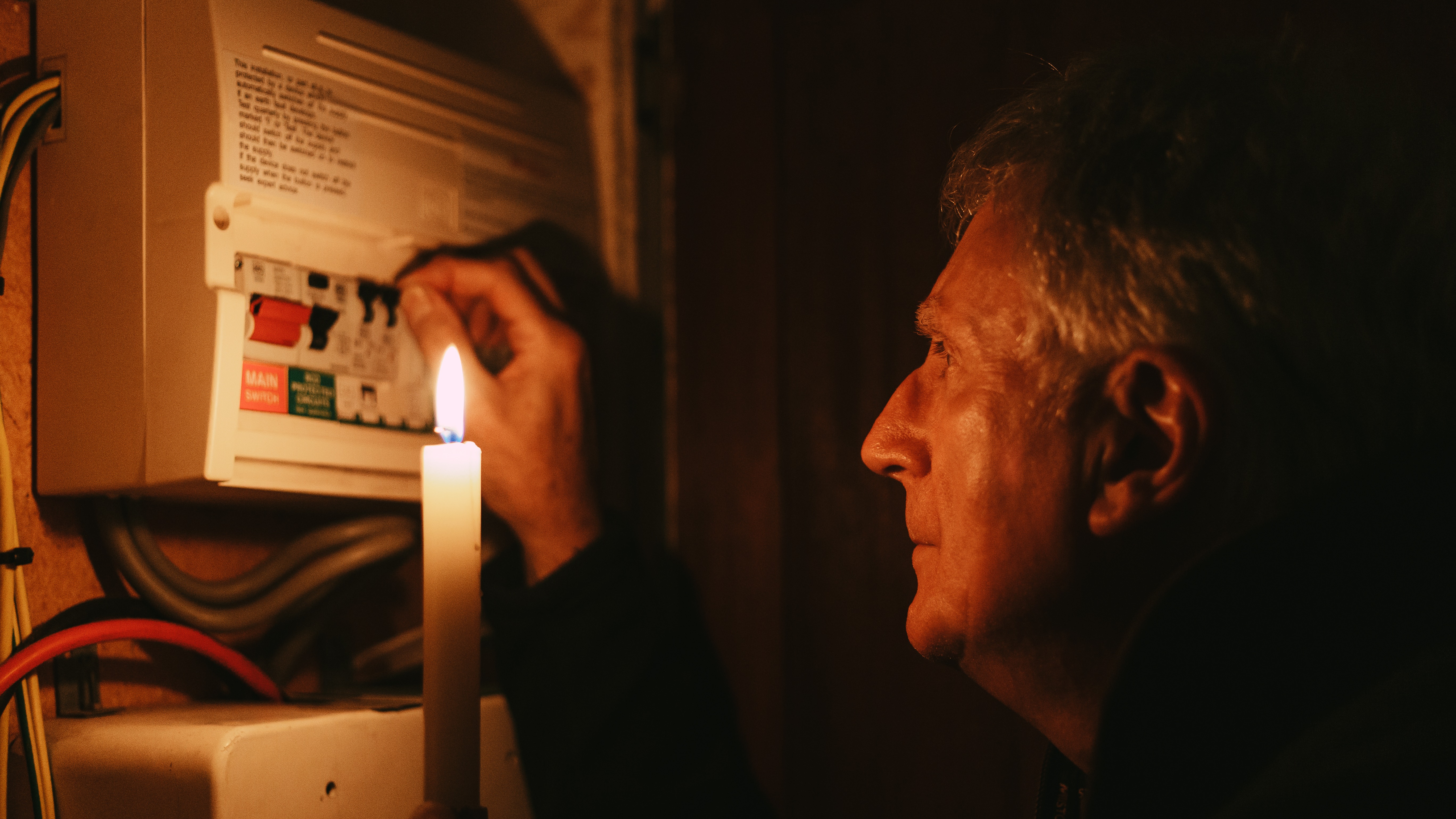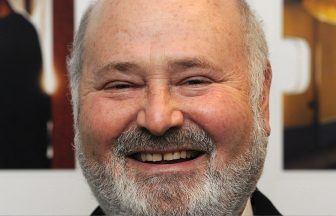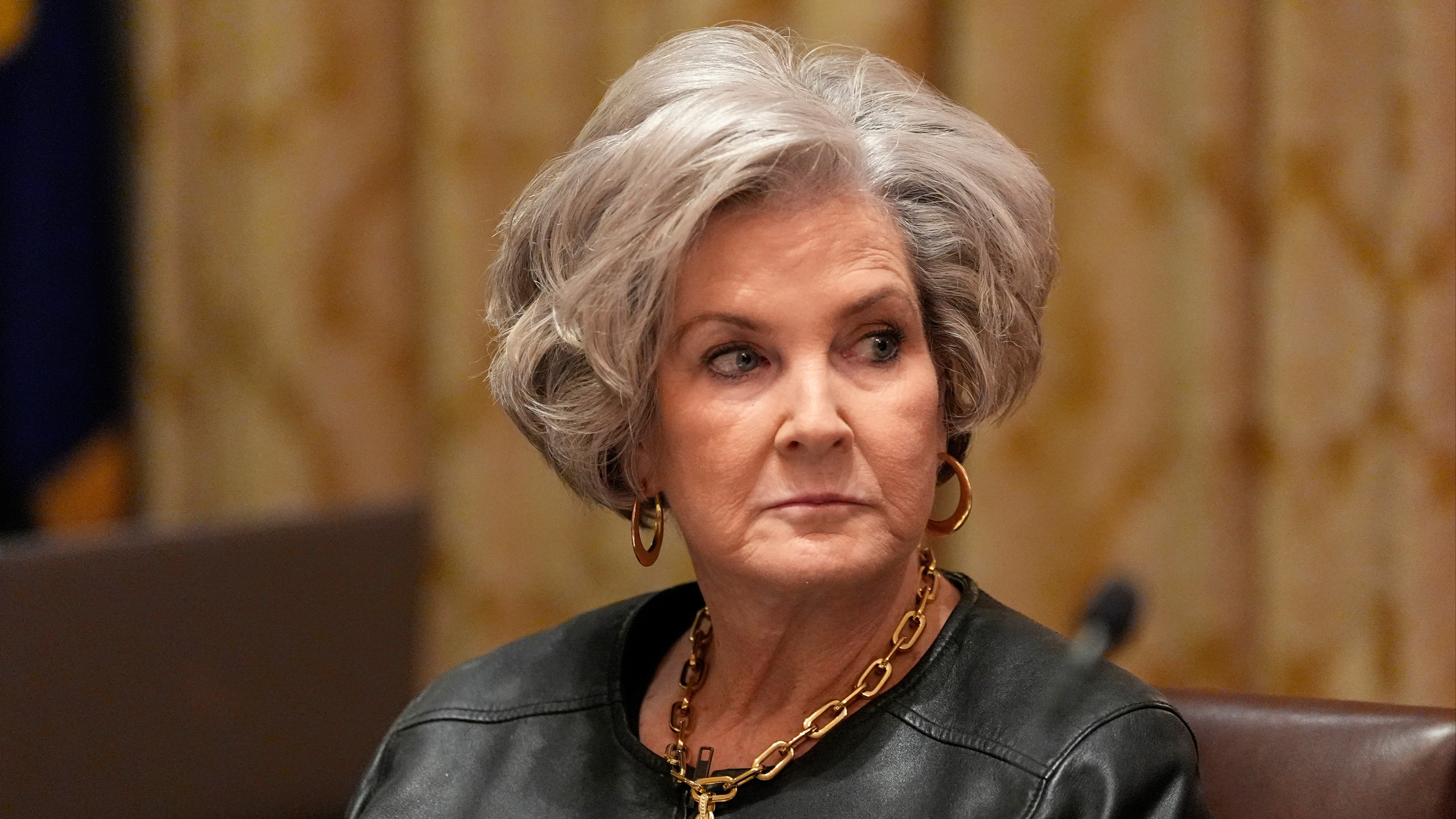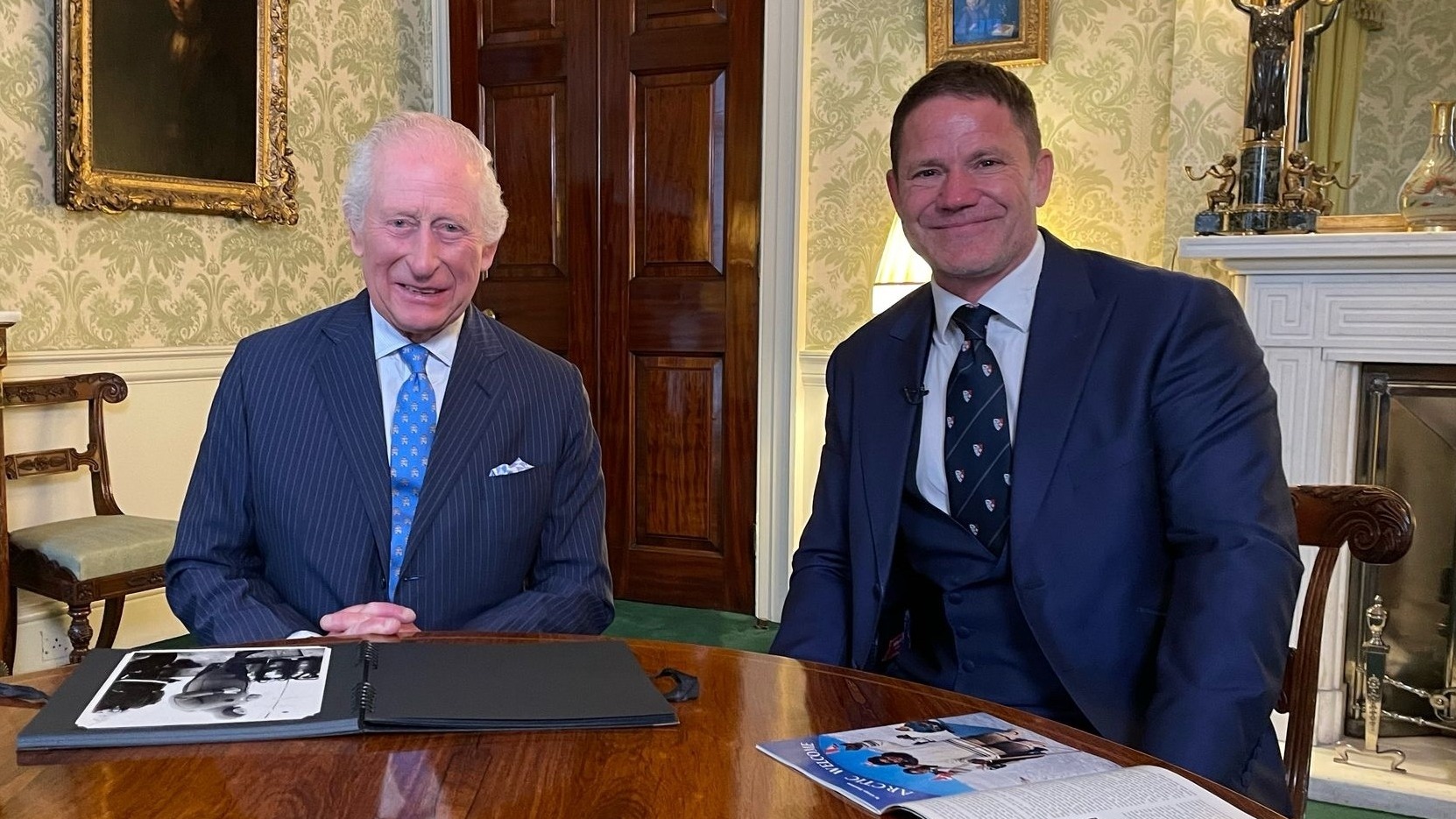The head of the UN’s nuclear watchdog has said that a Ukrainian nuclear plant surrounded by Russian troops has lost all external power needed for vital safety systems for the second time in five days.
International Atomic Energy Agency (IAEA) director-general Rafael Grossi said agency monitors at the Zaporizhzhia nuclear power plant reported the interruption, adding that back-up diesel generators are keeping nuclear safety and security equipment operational.
Mr Grossi tweeted: “This repeated loss of #ZNPP’s off-site power is a deeply worrying development and it underlines the urgent need for a nuclear safety & security protection zone around the site.”
Elsewhere, Ukrainian forces have recaptured five settlements in the southern Kherson region, military officials said.
The villages of Novovasylivka, Novohryhorivka, Nova Kamianka, Tryfonivka and Chervone in the Beryslav district were retaken as of October 11, according to southern Operational Command spokesman Vladislav Nazarov.
The settlements are in one of the four regions recently annexed by Russia.
Meanwhile, Russia’s top domestic security agency said it has arrested eight people on charges of involvement in the bombing of the main bridge linking Russia to Crimea, while an official in the southern Ukrainian city of Zaporizhzhia said Russian forces carried out more strikes there.
The Federal Security Service, known by the Russian acronym FSB, said it arrested five Russians and three citizens of Ukraine and Armenia over Saturday’s attack that damaged the Kerch Bridge between Russia and the Crimean Peninsula – a crucial thoroughfare for supplies and travel whose much-vaunted construction under Russian President Vladimir Putin cost billions.
A truck loaded with explosives blew up while driving across the bridge, killing four people and causing two sections to collapse.
Ukrainian officials have lauded the explosion on the bridge, but stopped short of directly claiming responsibility for it.
The FSB alleged that the suspects were working on the orders of Ukraine’s military intelligence to secretly move the explosives into Russia and forge the accompanying documents.
It said the explosives were moved by sea from the Ukrainian port of Odesa to Bulgaria before being shipped to Georgia, driven to Armenia and then back to Georgia before being transported to Russia in a complex scheme to secretly deliver them to the target.
Putin alleged that Ukrainian special services masterminded the blast, calling it “an act of terrorism”, and responded by ordering a barrage of missile strikes on Ukraine.
Russia’s onslaught continued in the Zaporizhzhia region and eponymous city on Wednesday, shattering windows and blowing out doors in residential buildings, municipal council secretary Anatoliy Kurtev said.
There were no immediate reports of casualties, though Mr Kurtev warned locals of the possibility of a follow-up attack.
Zaporizhzhia, which sits fairly near the front line between Russian and Ukrainian forces, has been repeatedly struck with often deadly attacks in recent weeks.
It is part of a larger region, including the nuclear power plant now in Russian control, that Moscow has said it has annexed in violation of international law. The city itself remains in Ukrainian hands.
To the south, in a Russian-controlled area of the region, a powerful blast struck the city of Melitopol – sending a car flying into the air, mayor Ivan Fedorov said. There was no word on casualties.
The new clashes came two days after Russian forces began pummelling many parts of Ukraine with more missiles and munition-carrying drones, killing at least 19 people on Monday alone in an attack the UN human rights office described as “particularly shocking” and amounting to potential war crimes.
Tuesday marked the second straight day when air raid sirens echoed throughout Ukraine, and officials advised residents to conserve energy and stock up on water.
The strikes knocked out power across the country and pierced the relative calm that had returned to the capital, Kyiv, and many other cities far from the war’s front lines.
The leaders of the Group of Seven industrial powers condemned the bombardment and said they would “stand firmly with Ukraine for as long as it takes”.
Their pledge defied Russian warnings that Western assistance would prolong the war and the pain of Ukraine’s people.
Ukrainian President Volodymyr Zelensky told the G7 leaders during a virtual meeting Russia fired more than 100 missiles and dozens of drones at Ukraine over two days.
He appealed for “more modern and effective” air defence systems — even though he said Ukraine shot down many of the Russian projectiles.
The Pentagon on Tuesday announced plans to deliver the first two advanced NASAMs anti-aircraft systems to Ukraine in the coming weeks. The systems, which Kyiv has long wanted, will provide medium to long-range defence against missile attacks.
In a phone call with Zelensky on Tuesday, US President Joe Biden “pledged to continue providing Ukraine with the support needed to defend itself, including advanced air defence systems”, the White House said.
Ukraine’s defence minister tweeted that four German IRIS-T air defence systems had just arrived, saying a “new era” of air defence for Ukraine had begun.
Follow STV News on WhatsApp
Scan the QR code on your mobile device for all the latest news from around the country


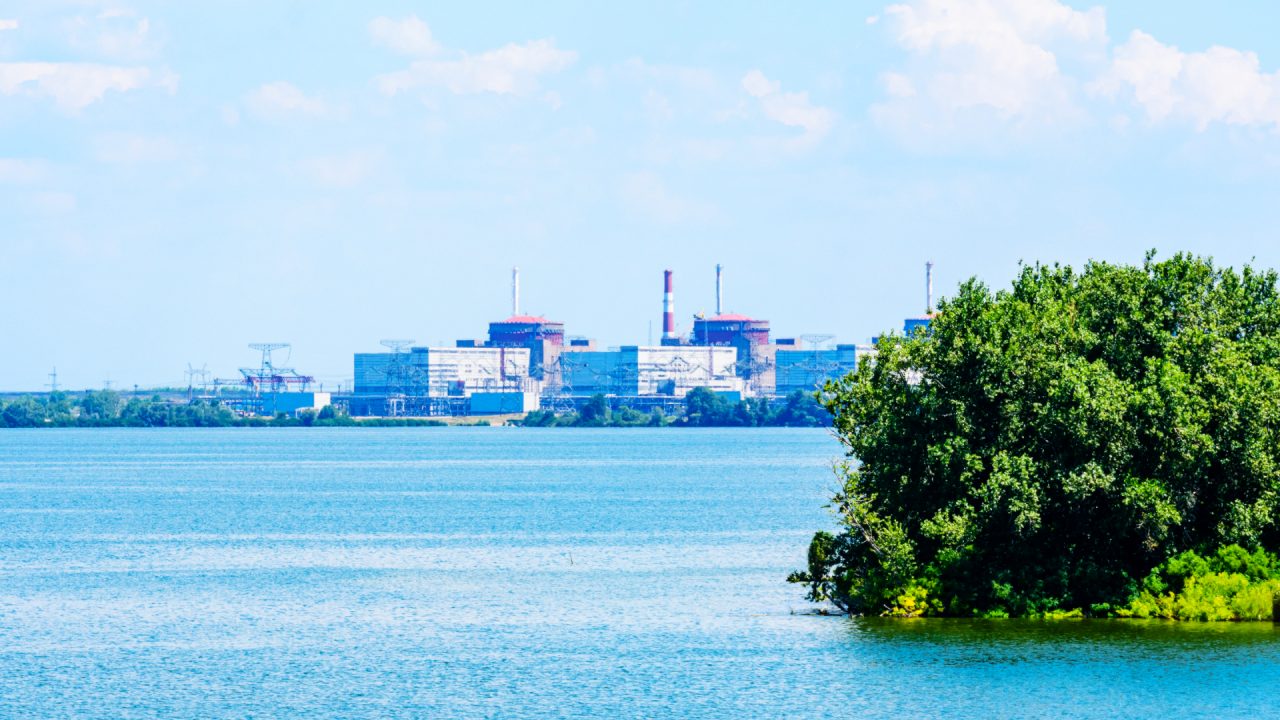 iStock
iStock



